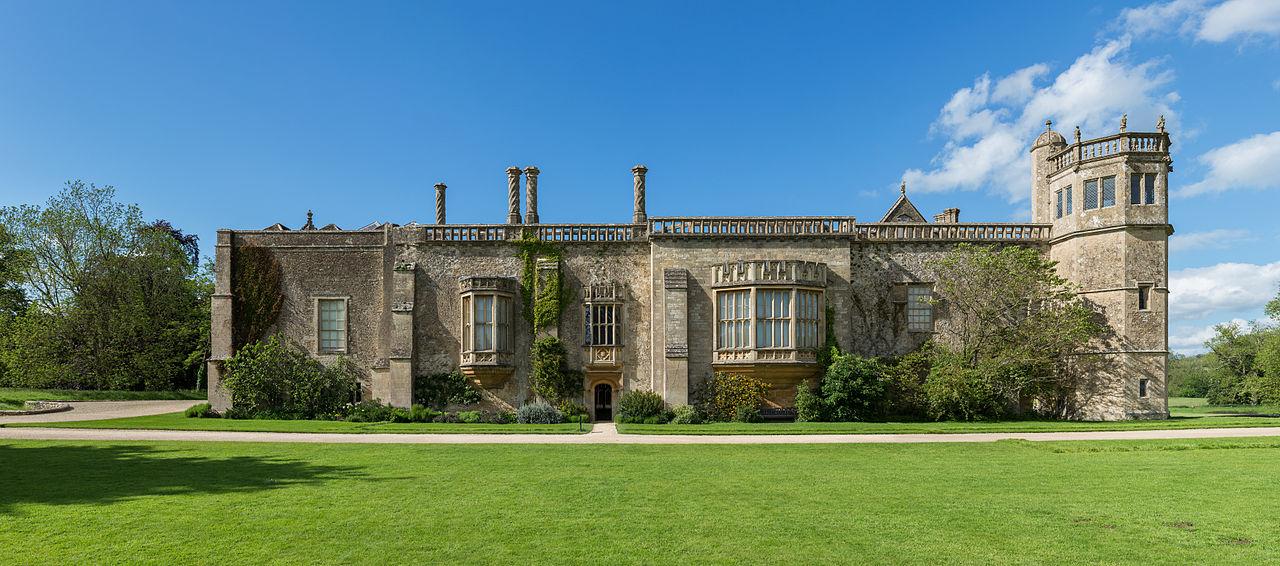St Cyriac
Lacock, Wiltshire
The picture postcard village of Lacock is indelibly linked with the pioneering photographer William Henry Fox Talbot, whose family home was Lacock Abbey.

Lacock Abbey is packed with history, starting first as an abbey and nunnery, then became a Tudor family home.
Lacock, Wiltshire
The last owners were the Talbots, a caring close knit family that loved their home in Lacock. In the 19th century it was home to William Henry Fox Talbot. In 1835 he made what may be the earliest surviving photographic camera negative, an image of one of the windows.
Lacock was founded in the early 13th century by Ela, Countess of Salisbury, as a nunnery of the Augustinian order. The abbey remained a nunnery until the suppression of Catholic institutions in England in the 16th century. It was then sold to Sir William Sharington who converted the convent into a residence where he and his family lived. It was fortified and remained loyal to the crown during the English Civil War, but surrendered to the Parliamentary forces once Devizes had fallen in 1645.
The house was built over the old cloisters and the main rooms are on the first floor. It is a stone house with stone slated roofs, twisted chimney stacks and mullioned windows. Throughout the life of the building, many architectural alterations, additions, and renovations have occurred so that the house is a mishmash of different periods and styles. The Tudor stable courtyard to the north of the house has retained many of its original features including the old brewhouse and bakehouse.
The house later passed into the hands of the Talbot family and during the 19th century, served as the residence for William Henry Fox Talbot. In 1835 he made what may be the earliest surviving photographic negative, an image of one of the windows. In the south gallery is the spot where William Henry Fox Talbot stood to take that first photographic negative.
In the gardens walk beneath the leafy canopy of the woodland garden discover paths to the rose garden and apple orchard. Carpets of snowdrops and crocuses brighten up spring days and in summer, the colourful flower borders in the botanic garden are a delight for visitors and busy bees and butterflies alike.
Lacock, Wiltshire
The picture postcard village of Lacock is indelibly linked with the pioneering photographer William Henry Fox Talbot, whose family home was Lacock Abbey.
Shaw, Wiltshire
This remarkable church was built by Ponting in 1905 as a remodelling of an earlier TH Wyatt church of 1837.
Corsham, Wiltshire
The only remaining 'Five Mile' chapel which has been used for worship since 1661.